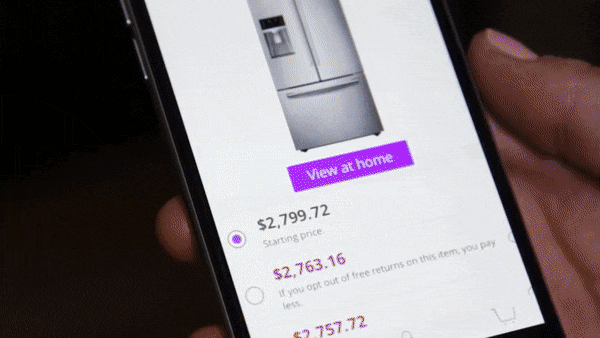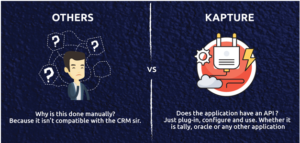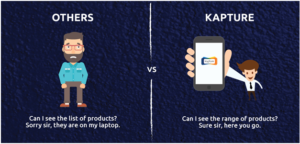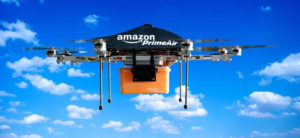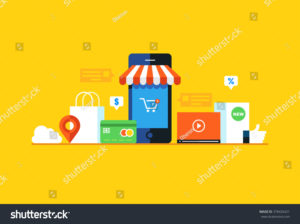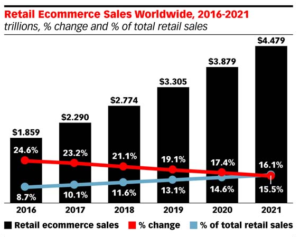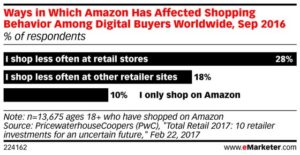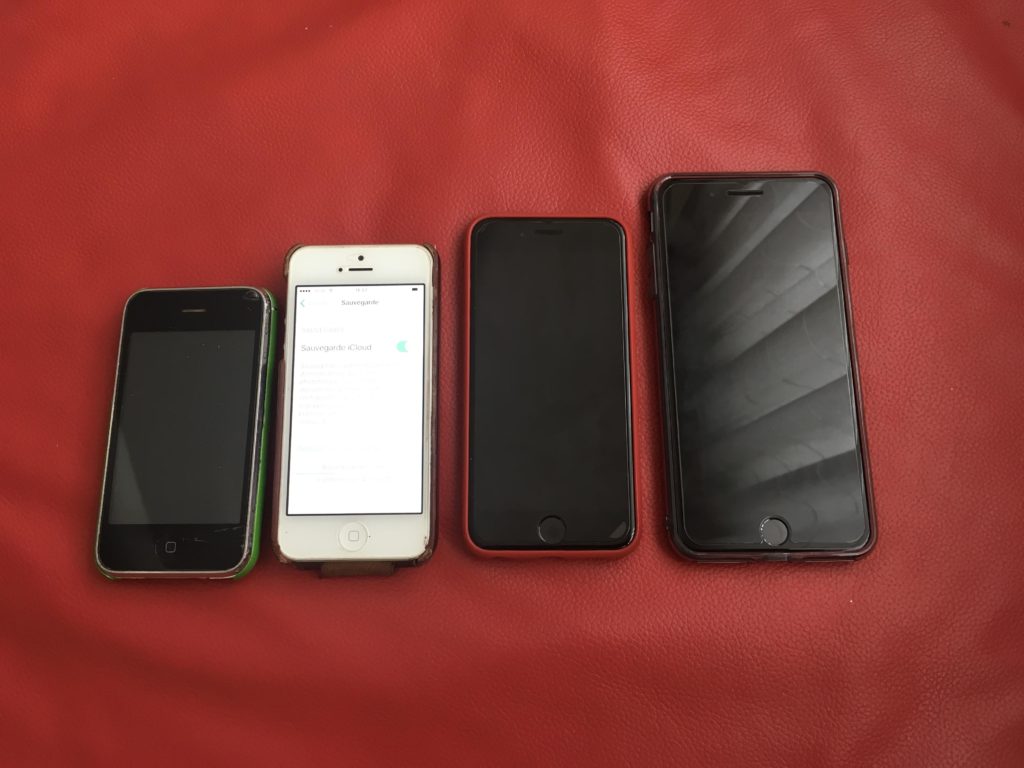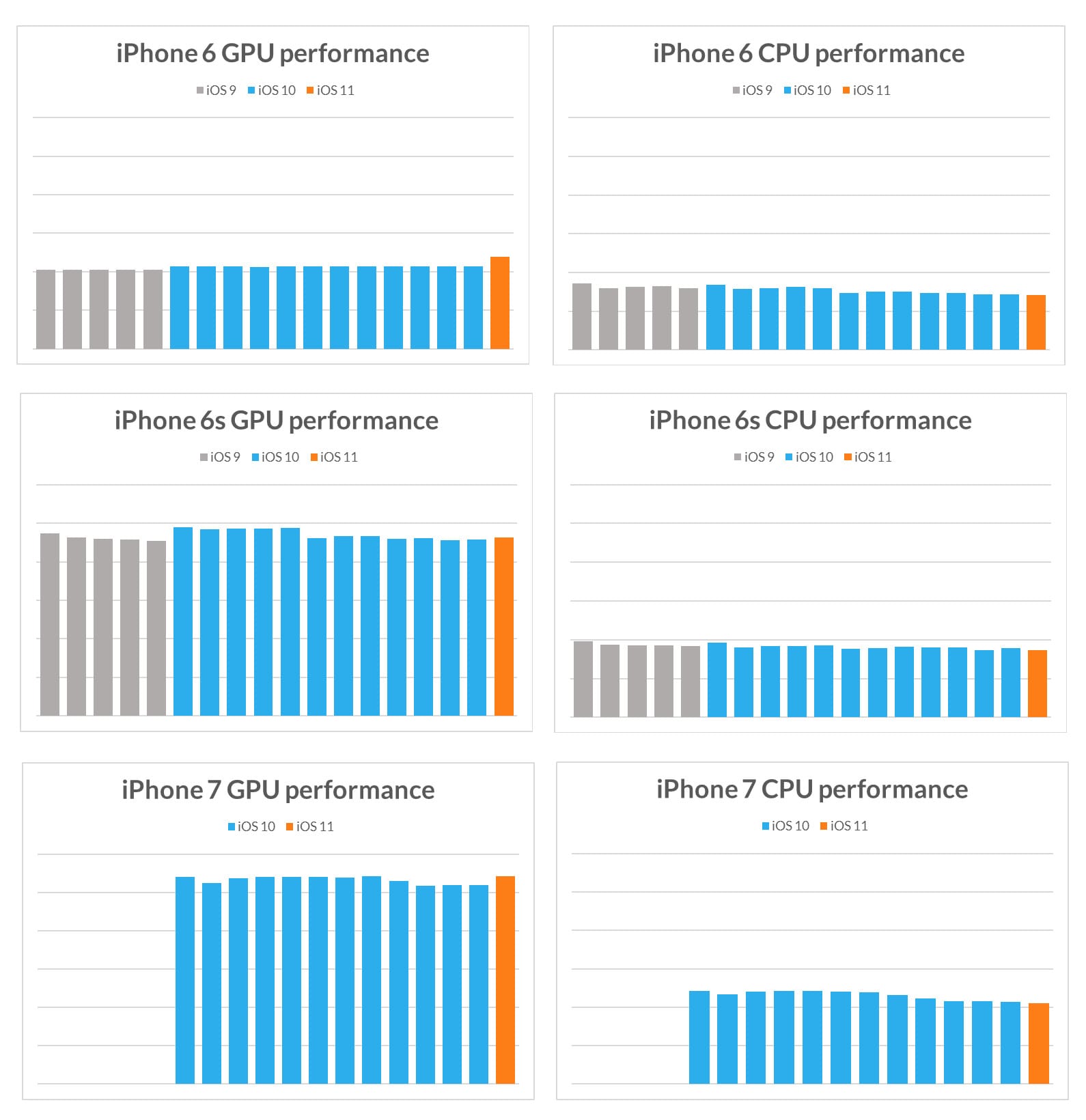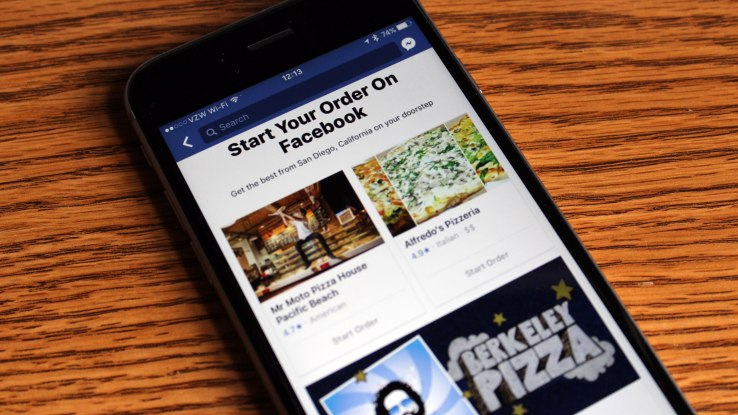Many were exposed to augmented reality in 2016 with hit game Pokemon GO, which placed gaming animations within in the real world scenario through a smart camera lens. Augmented reality isn’t just for gaming. Over in the next few years, you will see it expand into other industries like healthcare, books, and of course augmented reality e-commerce.
With the launch of iPhone X and ARkit, Now apple can be involved in the world of augmented reality. Google has similarly been experimenting with smartphone AR since it showed off Project TAngo in 2014. After three years company has some great technology but very little in the way of actual users.Google is signaling a reactionary shift in its strategy by releasing a developer preview of ARCore. Google’s ARCore is the answer to Apple’s ARKit.
So what does it mean? ARCore and ARKit are the ways independent programmers and companies can create an augmented reality for your smartphone. They are not “the apps,” but they are how one would “create the apps.”
Both Apple and Google are making AR central to their mobile experience. That means companies creating new digital customer experiences can start thinking about how to harness AR for e-commerce purposes. Brands can extend the interactive and transnational experience to customers wherever they are as long as they have a mobile device in hand.
Augmented reality eCommerce can personalize the shopping experience for your customers. AR is arranged in such a way that it will increase sales by allowing customers to try before buying and, in turn, reduce returns by removing the initial guesswork. Customers want to know what they’re purchasing and AR is helping customers become more confident in their buying decisions while providing quantifiable differences for online merchants.
Overtime there will be tools that will change fashion industry . Which will allow customers to see what clothes look like on them or that show the actual size of the furniture in your space. Instead of an online store showing models wearing clothing, Customers may even able too see themselves in all of the outfits to know which will look on them and this will bring out huge revolution in online retail industry.
So to sum up AR has the potential to deliver these personalizes services to masses. it will change the perspective of online stores that we see today by giving a personalized shopping experience , guided by a knowledgeable curator who knows an individual shoppers style ,sizes and preferences which paves way to a new world of eCommerce
Sources :
https://www.oberlo.com/blog/best-augmented-reality-ecommerceexamples



